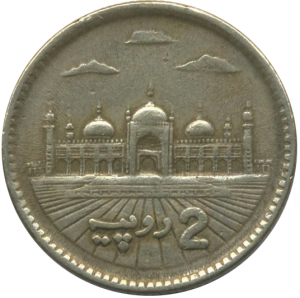 As a percentage of total retail sales in the country, Pakistan’s e-commerce market is quite small, 0.34%, but is expected to grow as adoption of technology becomes more widespread. As of January 2018, there were 52 million subscribers to broadband internet, up from 44.5 million a year before. The number of online payment merchants increased nearly 60% during this time period, from 571 to 905. Banks are starting to allow debit and credit cards to be used for online purchases. However, fewer people have bank accounts than have broadband internet. And, fewer still—21.1 million— have either a debit or a credit card. Currently, 4 out of 5 online orders are cash on delivery. Several online payment gateways allow nearly every Pakistani to pay for their online purchases with cash.
As a percentage of total retail sales in the country, Pakistan’s e-commerce market is quite small, 0.34%, but is expected to grow as adoption of technology becomes more widespread. As of January 2018, there were 52 million subscribers to broadband internet, up from 44.5 million a year before. The number of online payment merchants increased nearly 60% during this time period, from 571 to 905. Banks are starting to allow debit and credit cards to be used for online purchases. However, fewer people have bank accounts than have broadband internet. And, fewer still—21.1 million— have either a debit or a credit card. Currently, 4 out of 5 online orders are cash on delivery. Several online payment gateways allow nearly every Pakistani to pay for their online purchases with cash.
Today’s market size shows the amount of e-commerce revenue in fiscal year 20171 and the projected revenue for fiscal year 2018. According to Adam Dawood, head of Yayvo, an online shopping portal, the most growth will be seen in areas that currently are the biggest inconvenience for customers, such as ordering bus tickets or obtaining national ID cards. Pakistanis no longer have to wait in line. They can now do these things online.
1Pakistan’s fiscal year is from July 1 to June 30.
Geographic reference: Pakistan
Year: FY 2017 and FY 2018 projected
Market size: $622 million and $1 billion respectively
Sources: Usman Sheikh, “Pakistan’s E-Commerce Market Size Set to Cross $1B This Year,” The Express Tribune, March 19, 2018 available online here; “Economy of Pakistan,” Wikipedia, April 11, 2018 available online here.
Image source: By Babloyi [CC BY-SA 3.0 or GFDL], from Wikimedia Commons
